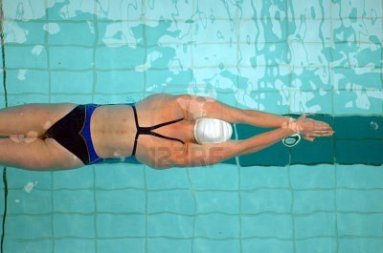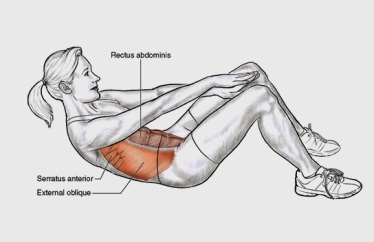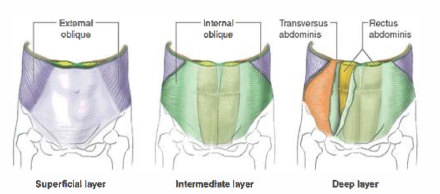
Guest post by Coach Nate
So you’ve decided to take the plunge and jump into open water! Welcome to a hobby that will bring joy to every summer for the rest of your life (or all year round, for those people who live in warmer climates). When I’m swimming in open water, it’s a spiritual experience. It’s also excellent exercise, a fine counterpoint to high intensity impact training.
You probably have some trepidation though: isn’t it dangerous to be swimming in open water? Won’t sharks get you? Isn’t it cold? What if I get tired and freak out and can’t swim into shore? Riptides? Jellyfish? It doesn’t have to be scary – let’s go over a few of the basics.
Where should I swim?
The first thing to do is to find a venue. When searching for places to swim, first look for a group to swim with. There are many groups out there doing OW (open water) “practices” from the CIBBOWS that swim at Brighton Beach, to the Knuckleheads in Boston, to the Santa Barbara Nite Moves. It’s a great idea to swim with a pack when you start off, as you’ll have less fear with a group and you’ll be learning from those who are more experienced. It is IMPORTANT that you find someone to swim with you. Never swim alone.
Next, try to pick a long beach that you can swim parallel to (this makes it easier to get out early if you feel the need).
Water Temperature
Now, let’s talk about water temperature. If you’re a pool swimmer (or you live in Hawaii) you’re used to 78F (that’s 26C for you metric folk). Most swimming venues won’t be that temperature. Brighton Beach, for example, will only get up into the 70s sometime around late August. The water will feel cooler than expected. Examine water temps before you swim and scale your swim accordingly. Again, you can google for water temps pretty easily (http://www.noaa.gov/).
If entering cold water for the first time, enter in slowly and allow a couple seconds to acclimate. Start by dipping your toes into the water (like you do before you jump into the pool). Acclimating to a water temp takes time, and the time you already spent in the water is good experience in itself. Since we’re just starting out, find a time when the weather is warm/hot which means a warmer water temperature.
Wildlife
Now, about that wildlife – don’t worry about it too much. That’s not to say you won’t encounter any sort of creature. Heck, that’s half the fun of open water swimming! For the most part we’ll be swimming close enough to the shore that you won’t see too many sea creatures around. However, as our comfort with the experience of swimming in open water we’ll venture further out and explore the water and that’s where you should be cautious. Again, since we’re just starting out and swimming with a group closer to shore everyone should be fine.
I am giving you all the cautious notes first, but really you will find that being in the open water is one of the freest experiences you can imagine. No better time than the present to get out there and swim! So, with that said…
Let’s #GetHiitOn!










